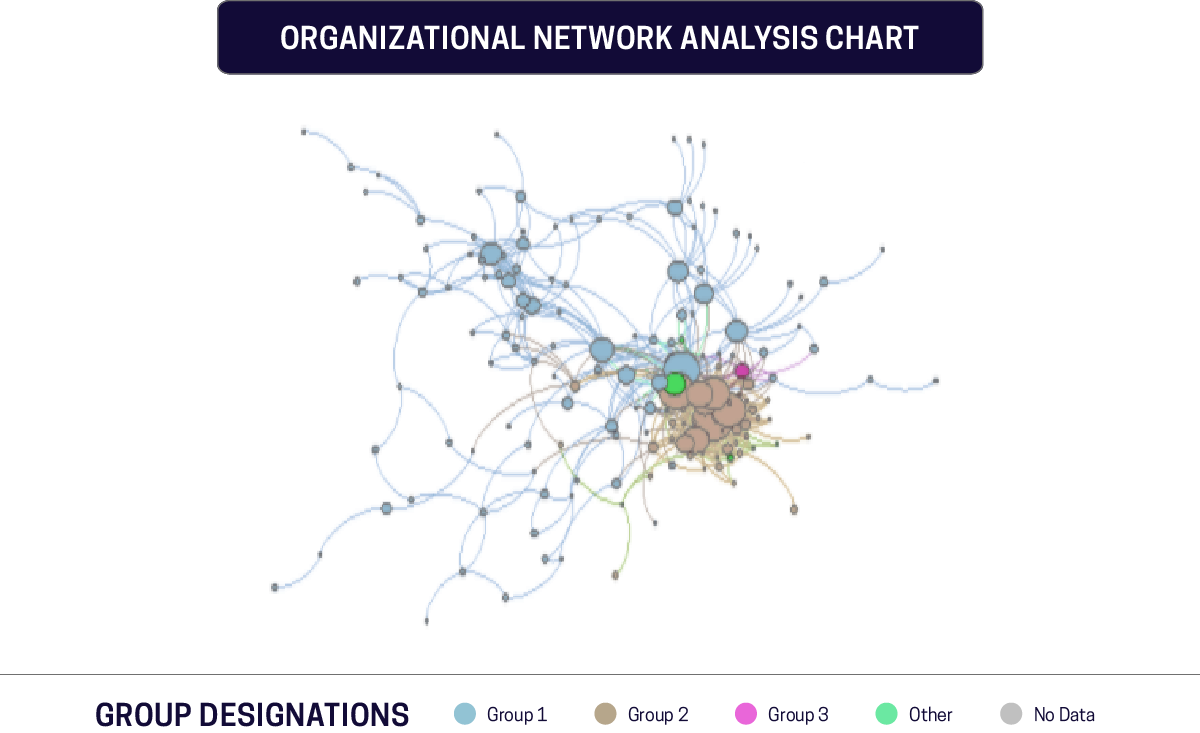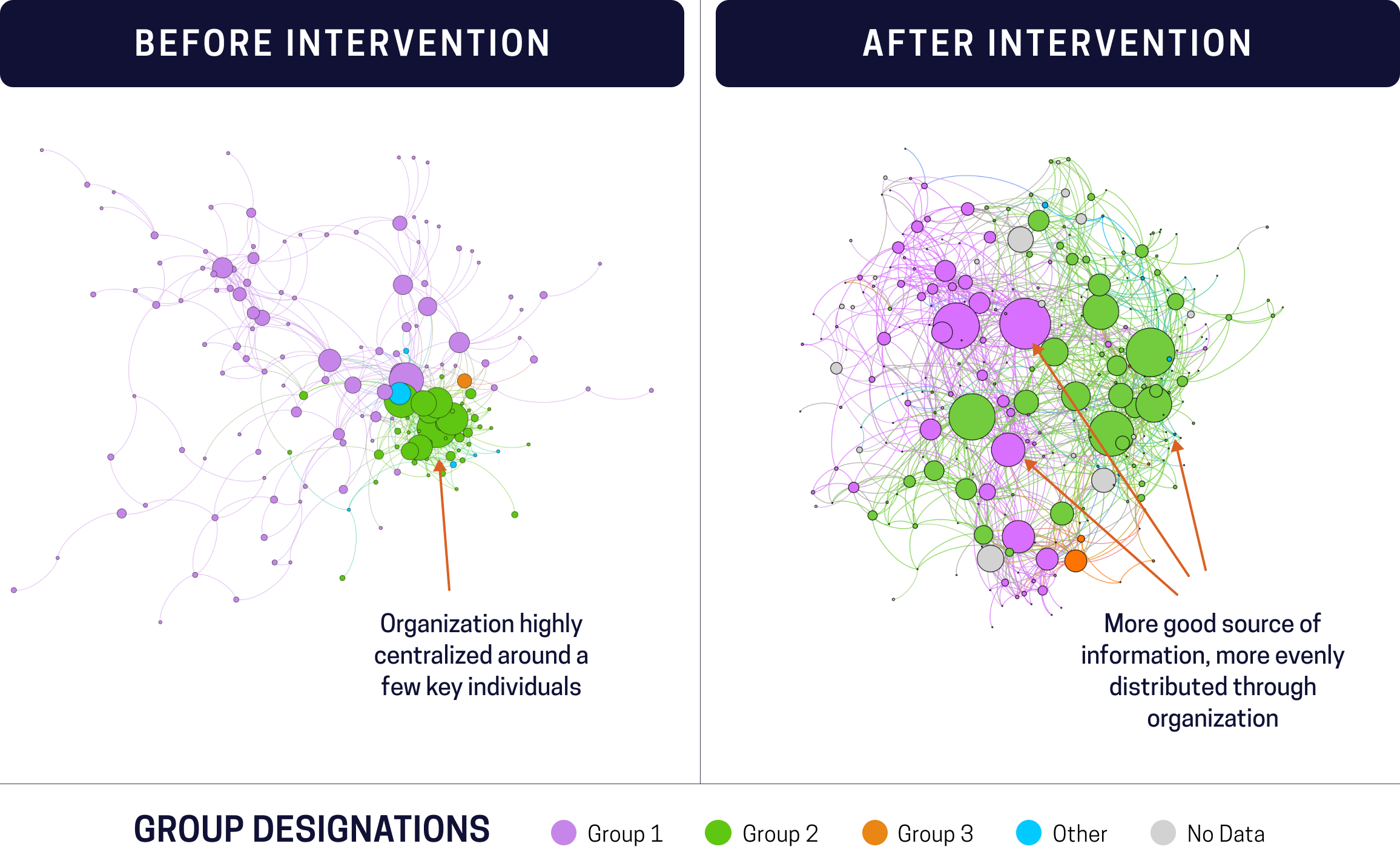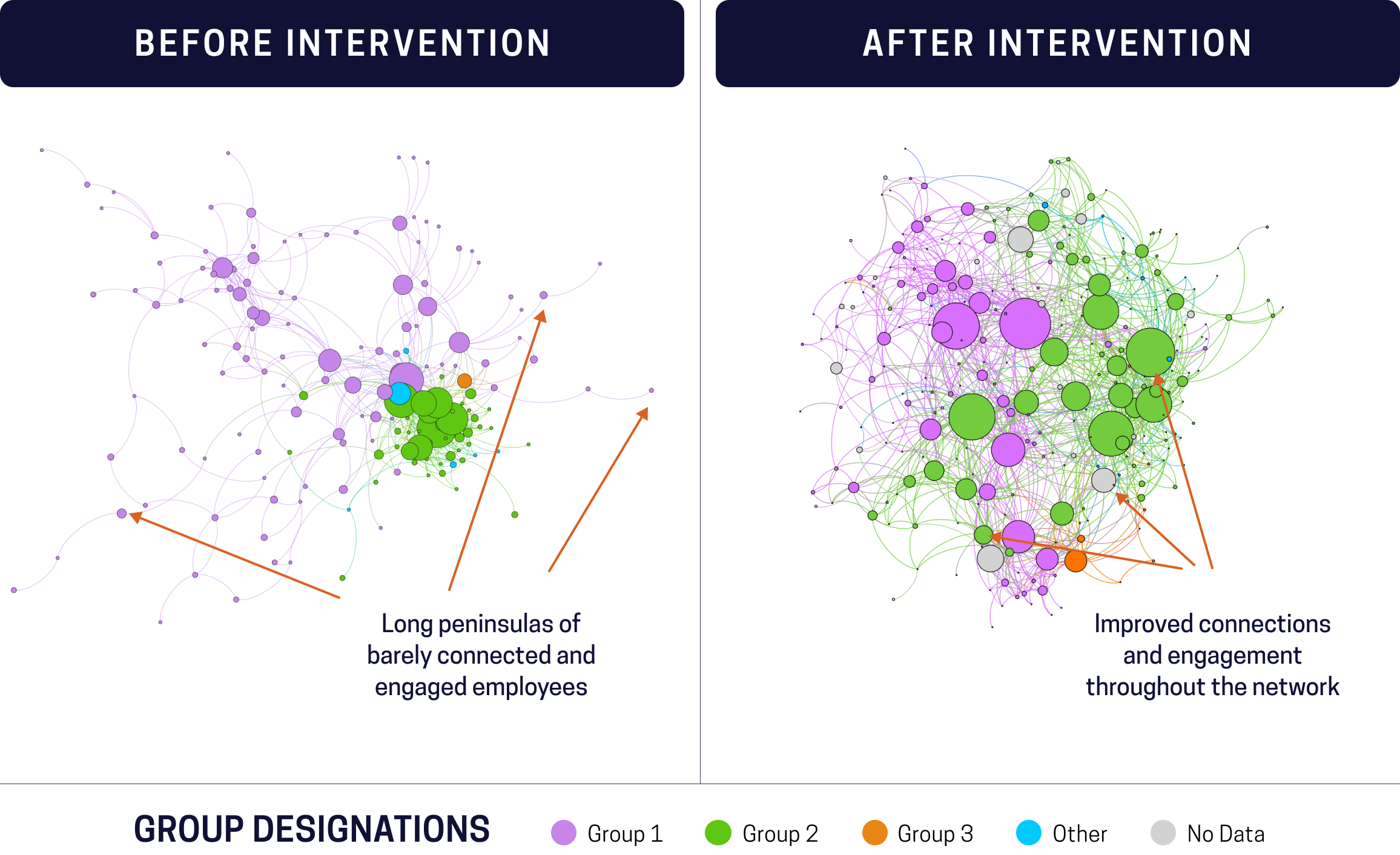Why is engagement important and why seizing control in a time of crisis can be bad for an organization? In this article, David Livingston and Victor Bilgen discuss exactly that and reveal how you as a leader can leverage your organization’s network to drive better outcomes. This article was originally published on Brinknews.com, written by Dr. David Livingston and Victor Bilgen.
Organizations are well-versed in uncertainty, but today’s environment has pushed them into uncharted territory, as leaders face a massive degree of uncertainty and an unprecedented need to react quickly. To succeed in this terrain, leaders must prioritize their organization’s networks — and adapt their behaviors and actions to leading their networks.
The Importance of Networks
Leaders intuitively have an understanding of their immediate network. They know who they can trust for a special project, who they might seek out to play devil’s advocate and whom to turn to for mentorship or advice.
But that small cadre isn’t sufficient in this climate. High levels of uncertainty require faster feedback and innovation that cannot simply come from a tightly knit leadership team separated from the rest of the organization. Leaders must leverage and lead a much larger network, which requires understanding their organization at a deep level — how it actually functions.
The Value of Organizational Network Analysis
In its most basic form, organizational network analysis is a study of the individuals or groups within an organization and the links or connections between them. It can be used to understand everything from the spread of goods, diseases or ideas to social interactions that strengthen or divide communities.
Leaders can leverage network analysis to understand the following: how knowledge flows through their teams, the key individuals throughout their network who speed up or slow down certain processes and information and the challenges they need to address to facilitate those flows and processes.
The chart below depicts the network of a small organization that is going through major change and restructuring. Each circle or node is an individual within the organization, and each line between circles indicates that one individual goes to another as a good source of help or information. The larger the circle is, the more people go to them for help or information.
 Source: ONA Survey
Source: ONA Survey
Leaders can gather this information a number of different ways — surveys, passive data collection — but gathering this information is only the first step. To make an impact, they must make sense of the information and use that contextualized data to drive action.
Fight the Urge to Seize Control
As an organization shifts into uncertainty, valuable sources of information and guidance begin to consolidate. Initially, this can yield benefits, creating a single source of truth and providing for consistent messaging. However, if the consolidation persists, it often leads to bottlenecks, both slowing the organization’s execution and putting tremendous strain on those key leaders.
It is often a leader’s natural reaction in crisis to tighten the reins and take more hands-on control of the organization; however, for sustained success, they must be able to delegate authority and information to key influencers who can serve as force multipliers.
Many leaders inherently feel uncomfortable doing this, and so they seek ways to resolve these tensions and find a degree of stability. The danger is that it can lead to artificially simplifying problems, so leaders must make a conscious effort to lean into the tensions exacerbated by uncertainty and fight the urge to seize control.
Providing the “why” and “what,” but leaving the “how” for other team members to determine will encourage ownership and creative problem-solving while increasing the likelihood of a more efficient and effective outcome.
In the second chart, we can see how leadership was able to open up the organization’s bottlenecks to empower more of the organization to execute.

Source: ONA Survey
Dialogue, Dialogue, Dialogue
Consultants toss around the word “engagement” so often that it has been reduced to a jargon-y buzzword for some, but engagement is the electricity that runs through the network and ultimately powers the engine of the organization.
Low engagement can also diminish an organization’s external network — its connection to its customers and suppliers — as employees have diminished capacity, or leave entirely, taking their network with them. In the chart below, we can see a large number of string-like peninsulas branching off from the main cluster, a classic sign of a large disengaged workforce that isn’t being leveraged to its full potential.
Increased communication and interaction will pull in more peripheral parts of the organization’s network, further increasing their engagement. In the chart, we can see how employees have been pulled toward the center of the mass, and many circles are much larger, indicating increased information-sharing and engagement.

Source: ONA Survey
The hard truth is that at least 70% of the variance in engagement can be attributed to the team leader. While an uncertain environment contributes to the issue, the leader’s ability (or inability) to handle that uncertainty and support their team will mitigate (or exacerbate) the impact.
It is essential that leaders practice self-awareness and recognize how their actions and words are impacting others. The best way to maintain self-awareness is not through greater self-reflection, but through dialogue. Engaging in regular discussions with peers, superiors and direct reports who can provide an alternative perspective and a lens on a leader’s actions will increase self-awareness, which will in turn foster greater engagement and help them understand how they can lean on others in the network — like key influencers — to help foster the engagement of those outside their reach.
Good Networks Build Great Resilience
Building resilience in the face of uncertainty takes the cumulative effort of a network. Successful leaders will realize that they can’t accomplish this alone, but they also can’t impact every person in their network directly. Taking time to take stock in how your people connect and then taking smart measured approaches to change through your key individuals will lead to the most effective process in managing through your crises.
Leaders need to empower people with the right information, guardrails and prioritization to allow those closest to the challenges to take charge. This can be incredibly challenging, but the results speak for themselves.



